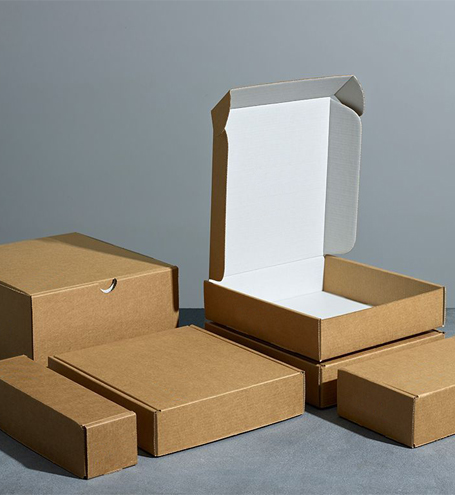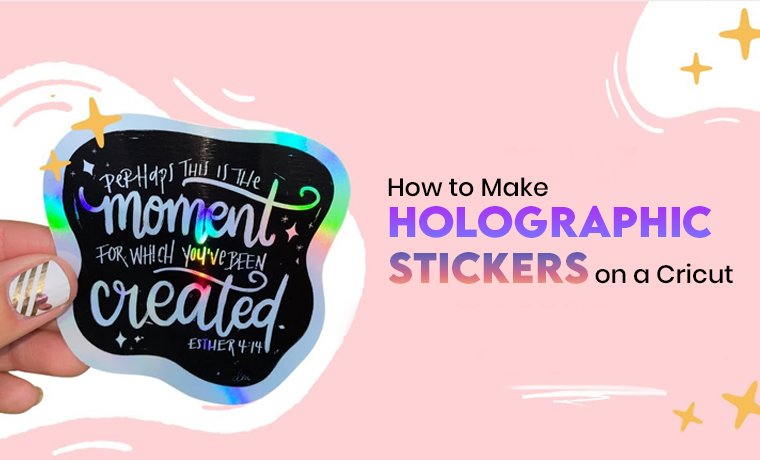Lithography Printing 101: Understand How It Is a Good Choice
September 08, 2025
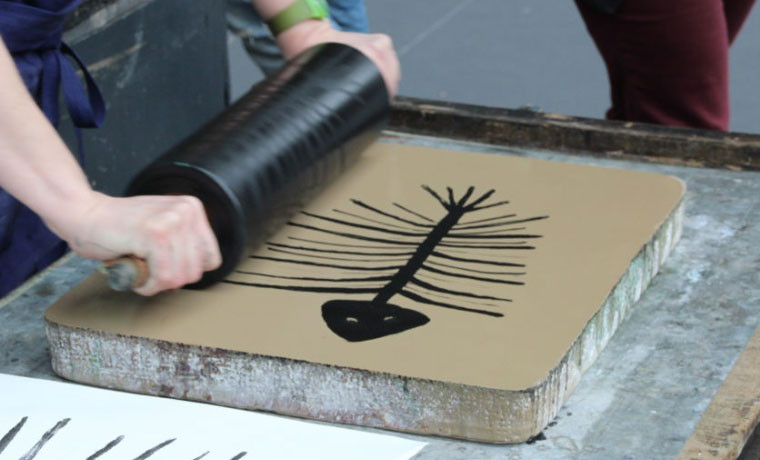
As a packaging business owner, you have probably come across the term "litho" in the printing world. But do you fully understand what lithography printing is? Do you know how it can benefit your business? If not, don't worry. You're in the right spot!
Understanding lithographic printing is essential to meet your packaging and printing needs. Without this knowledge, achieving the high-quality results you aim for can be difficult.
This blog will guide you through lithography printing and highlight its applications and pros. We will also see how it works to achieve the desired results. Let’s get started!
Understanding Lithography Printing
Litho printing, also known as lithography or offset printing, is a simple printing technique. It utilizes a flat metal or stone surface to create images or text. This technique is based on the theory that oil and water cannot be mixed.
To understand it better, let’s look at its history and examples.
A Brief History Of Lithography Printing
The word lithography is a Greek word. It describes combining lithos (stone) and graphein (writing), marking a stone to carry out the printing results. The journey of lithography printing started in 1796 when it was invented by German author and actor Alois Senefelder.
He was able to print impressions on smooth limestone surfaces with a thin layer of grease and produced many copies.
This technique relied on the principle that oil and water do not mix and was initially used to print musical scores and maps.
Lithography printing gained popularity for art production, calligraphy, and printing text over time. It began to be used by artists like Francisco Goya, Honoré Daumier, and Henri de Toulouse-Lautrec by the 19th century.
Offset lithography evolved in the 20th century. Later on, it became a good choice for printing books, newspapers, and packaging.
Examples Of Lithography Printing From History
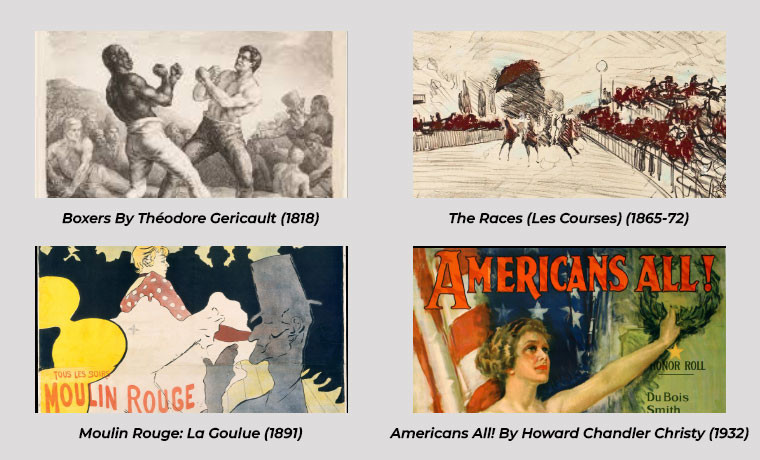
Here are some examples to help you understand lithography printing better.
1. Boxers By Théodore Gericault (1818)
Géricault, the master of lithography, showcased the line and contrast in the print that captures the intensity of a boxing match. In this print, he used two boxers in two different colors: black and white. This shows a contrast of the colors.
2. The Races (Les Courses) (1865-72)
This vibrant print painted by Édouard Manet depicts the excitement of horse racing with dynamic brushstrokes. It showcases Manet’s innovative use of colors and composition while conveying energy and motion.
3. Moulin Rouge: La Goulue (1891)
This famous poster was created by Henri de Toulouse-Lautrec in 1891. It depicted the dancer La Goulue (Louise Weber) performing at the Moulin Rouge cabaret in Paris showcasing unique styles combining bold colors. The main focus of this artwork is the lively nightlife of Montmartre.
4. Americans All! By Howard Chandler Christy (1932)
This powerful print painted by Howard Chandler Christy is another example of portraying a diverse group of American people representing ethnic backgrounds and symbolizing unity.
Now that you have a basic understanding of lithography. Next, let’s dig a little deeper and discuss how it works.
How Lithography Printing Works
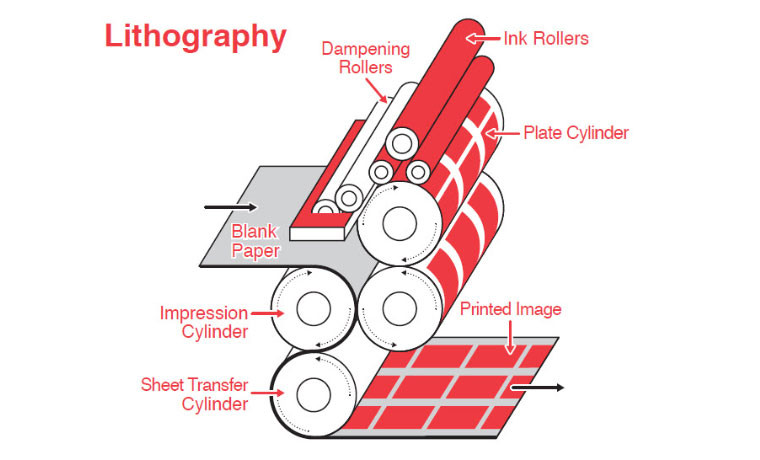
Lithography is a unique and simple printing process. It requires only simple steps. Let’s delve into its process and see how it works.
- Preparation of the Plate: The process of lithography printing begins with a flat plate of limestone that is treated with a greasy substance to create the image.
- Dampening: Once the printing process is started, the plate is dampened with water.
- Inking: Ink is applied to the plate through the ink roller system. The greasy image areas attract the oily ink.
- Transfer to Blanket Process: The inked image is transferred from the plate to a rubber blanket cylinder.
- Printing: Finally, the inked image on the rubber blanket is transferred when the paper or other material is passed through the gap. Done!
This whole process gives the highest-quality, consistent, and efficient printing.
That’s all about how offset printing works! Wondering what benefit it can offer to your business? Let’s discuss it!
Key Benefits Of Lithography Printing
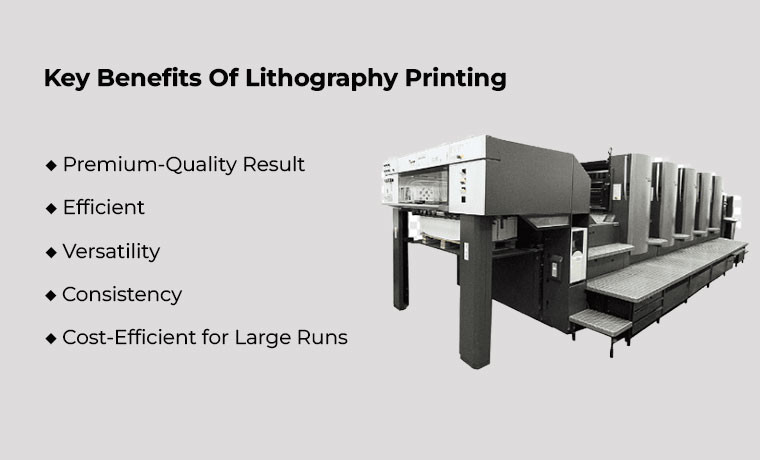
The primary perks of lithography printing are here:
- Premium-Quality Result: Offers the highest quality effect with excellent color accuracy and fine image detail.
- Cost-Efficient for Large Runs: More cost-effective than other printing methods for high-volume printing projects.
- Versatility: Suitable for a wide range of substrates, including paper, cardboard, and plastics.
- Consistency: This brings consistent results as it works with pre-mixed inks and plates.
- Efficient: Fast production speeds for large-scale printing tasks.
You can get the best results only when you know which type of offset printing you need. Let’s discuss its types to help you make the best decision.
Types Of Lithography Printing
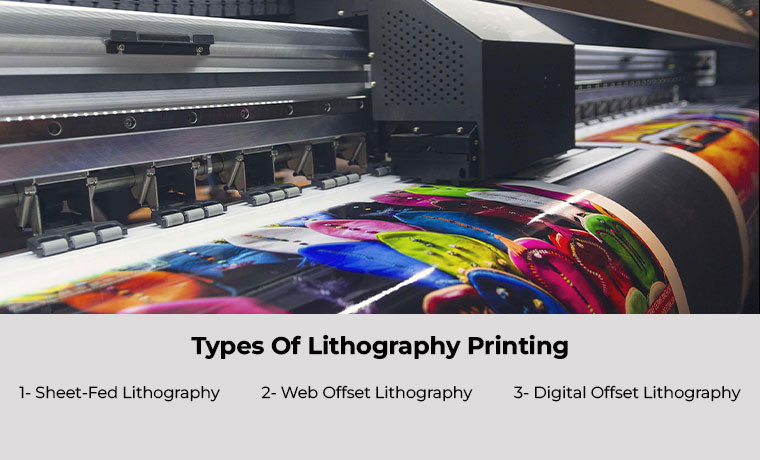
When it comes to types of lithography offset printing, here are the most common types.
1. Sheet-Fed Lithography
This type of lithography printing is the most commonly used.
- The process in this litho printing type gives high quality with vibrant colors and sharp details.
- Versatile that works best for printing applications and needs.
- Quickly set up and more cost-efficient.
- Suitable for smaller printing at the same time.
- Good for color accuracy and matching colors with perfection.
2. Web Offset Lithography
Another notable printing technique offers various benefits.
- High-speed production.
- Reduce paper waste during production which cuts down the cost during the whole process.
- Ideal for long runs and mass production.
- Eliminate additional production processes, including folding and cutting.
- Highly productive.
3. Digital Offset Lithography
Here are the benefits of digital offset printing for better understanding.
- Lithography 3d printing is a technique with a quick turnaround to make things work faster.
- Prints various tasks.
- Cost-effective for short-run prints.
- Reduce waste.
- Eliminate costs of waste.
So, everything is clear about the various types. Right? Keep reading to explore more about Lithography printing.
Read More: What is The Difference Between Offset and Digital Printing
Offset Lithography Vs. Digital Printing
Let’s compare offset lithography and digital printing.
| Features | Lithography Printing | Digital Printing |
| Process | Uses metal plates to transfer images via a rubber blanket | Prints directly from digital files to the substrate |
| Set up Time | Longer setup time | Minimal setup time |
| Print Quality | High-quality and consistent print quality | Quality varies but improving rapidly |
| Materials | Mostly paper-based substrates | Wide range of substrates, including paper, fabric, plastic, etc. |
| Speed | Slower for short runs and faster for large volumes |
Fast, especially for small to medium volumes |
| Flexibility | Limited customization and good for static content | Highly flexible and allows for customization and variable data printing |
| Cost | Cost-effective for large print runs | Cost-effective for short print runs |
Lithography Vs. Screen Printing: A Quick Comparison
Here is a brief comparison of lithography and screen printing.
| Features | Lithography Printing | Screen Printing |
| Process | Uses a flat surface with oil and water to transfer images | Forces ink through a mesh screen onto a substrate |
| Image Quality | High-resolution and photorealistic images with fine details | Bold, vibrant colors and thick ink layers |
| Materials | Typically used with metal plates | Can be used on various materials such as fabric, paper, plastic, etc. |
| Speed | Slower and more intricate process | Faster, especially for bulk printing |
| Cost | Expensive | Cost-effective, especially for larger quantities |
| Best For | Books, magazines, and artwork | T-shirts, posters, and packaging |
| Pros | Versatile and high-quality, suitable for complex designs and large print runs | Durable and versatile, ideal for textured surfaces and small to medium print runs |
| Cons | Higher setup costs and less suitable for textured or non-porous surfaces | Less suitable for complex designs with fine details, and can be more time-consuming for multi-color prints |
Let’s wrap up our discussion!
Concluding Remarks
Litho printing is a technique for transferring images or texts onto a substrate through a process. This printing method is ideal for producing high-quality and detailed prints.
Whether you are a newbie or a printing professional, or want to understand the printing process as a packaging business champion, you will have enough knowledge after learning about lithography printing through this blog.
To discuss your printing needs, meet the Custom Product Packaging printing team to turn your idea into reality by applying the right printing method. Email us at orders@customproductpackaging.com. Or ring us and talk to us to discuss your packaging needs.
